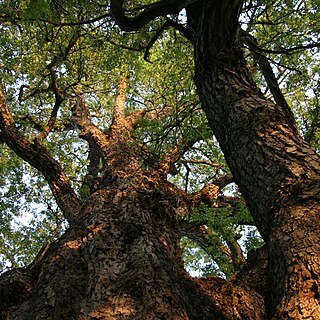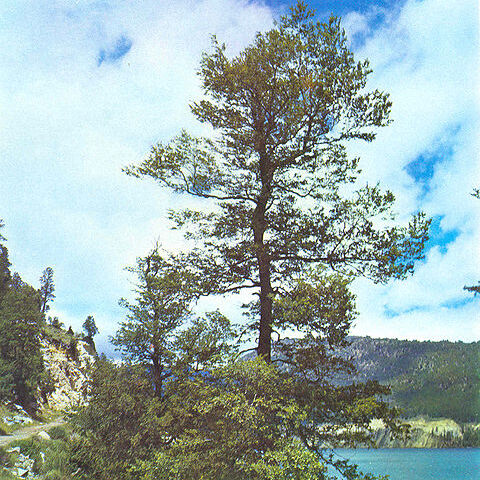Trees or shrubs, deciduous or evergreen. Leaves in bud appearing decussate, after expansion distichous, petiolate, gland-dotted; stipules peltate. Inflorescences in axils of leaves of current season's growth. Male flowers sessile or shortly pedunculate in 1-or 3-flowered dichasia; stamens 6–18; anthers linear, apiculate, basifixed, latrorse. Female flowers above the male flowers in 1-or 3-flowered dichasia; cupule 4-valved (in Australia). Fruits with one 2-winged central nut and two 3-winged lateral nuts.


